Cattle Cemetery in the Floodplain of the Tyup River
42°44’8940″N 78°21’4413″E
Anthrax is a particularly dangerous infectious disease affecting agricultural and wild animals, as well as humans, the bacteria of which can remain in the soil for a very long time.
Unknown and known burial sites for livestock in Kyrgyzstan are ticking time bombs. According to specialists, the anthrax virus can remain dormant for up to 100 years and can become active again under favorable conditions.
Experts say that unknown hotspots scattered across pastures and jailoos pose a particular danger. For example, if an animal collapses while grazing, it may simply be covered with dirt, creating a dangerous focal point. Such burials can contaminate the soil and vegetation when they come to the surface, and subsequently affect livestock. Therefore, any burial or livestock grave is a ticking time bomb that requires constant monitoring.
There are about 1,400 anthrax hotspots in Kyrgyzstan that have been documented. Moreover, their number increases year by year. Only a small number of livestock burial sites are fenced and marked with warning signs.
Natural disasters pose a threat to anthrax and other dangerous disease burial sites. They can trigger the activation of the disease, especially in unknown livestock burial sites.
The Tyup River flows in the Issyk-Kul region, is the second largest river in the Issyk-Kul lake basin, and flows into the lake from the east. The river is fed by snowmelt, which distinguishes it from all other rivers in the region that are fed by melting glaciers and snow.
Anthrax is a particularly dangerous infectious disease affecting agricultural and wild animals, as well as humans, the bacteria of which can remain in the soil for a very long time.
Unknown and known burial sites for livestock in Kyrgyzstan are ticking time bombs. According to specialists, the anthrax virus can remain dormant for up to 100 years and can become active again under favorable conditions.
Experts say that unknown hotspots scattered across pastures and jailoos pose a particular danger. For example, if an animal collapses while grazing, it may simply be covered with dirt, creating a dangerous focal point. Such burials can contaminate the soil and vegetation when they come to the surface, and subsequently affect livestock. Therefore, any burial or livestock grave is a ticking time bomb that requires constant monitoring.
There are about 1,400 anthrax hotspots in Kyrgyzstan that have been documented. Moreover, their number increases year by year. Only a small number of livestock burial sites are fenced and marked with warning signs.
Natural disasters pose a threat to anthrax and other dangerous disease burial sites. They can trigger the activation of the disease, especially in unknown livestock burial sites.
The Tyup River flows in the Issyk-Kul region, is the second largest river in the Issyk-Kul lake basin, and flows into the lake from the east. The river is fed by snowmelt, which distinguishes it from all other rivers in the region that are fed by melting glaciers and snow.

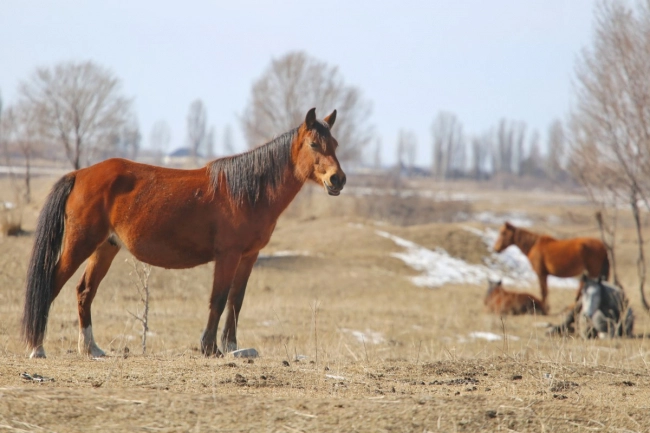
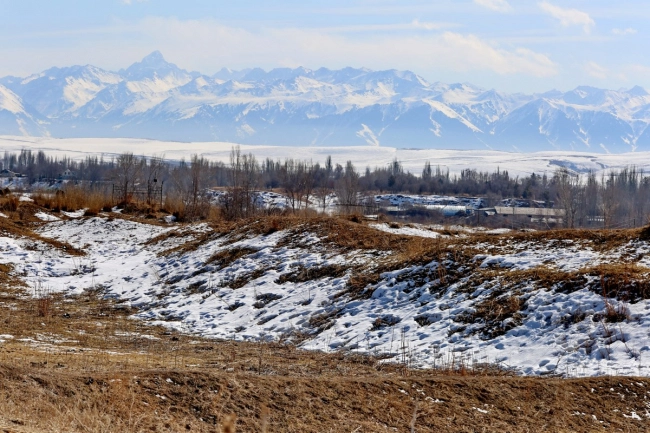
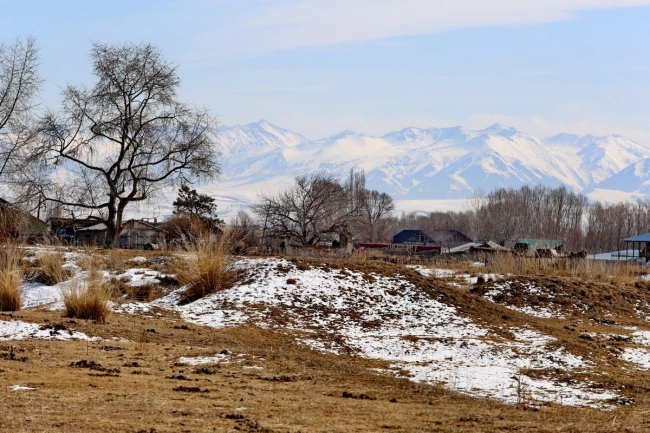
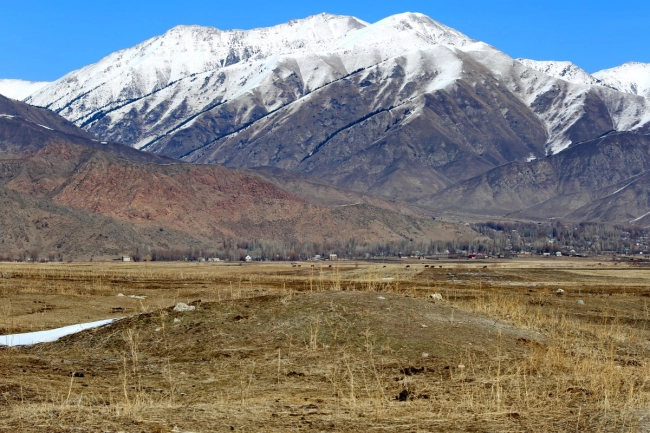

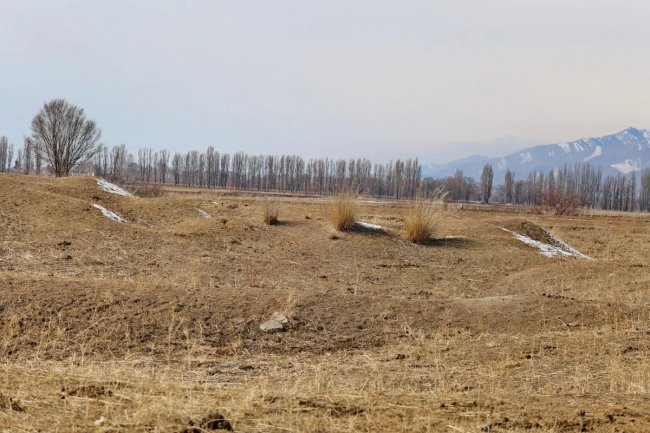
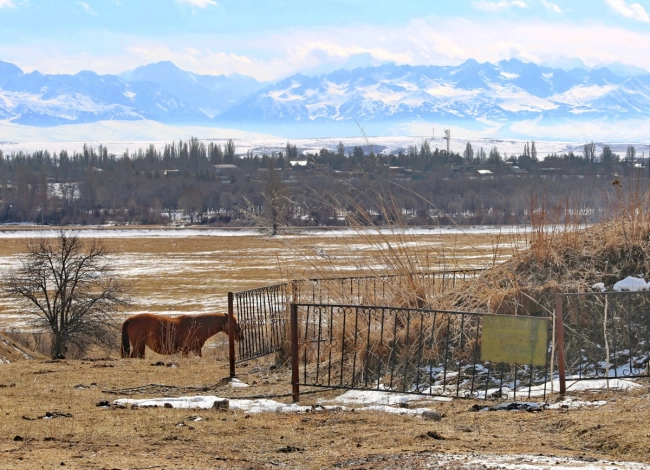

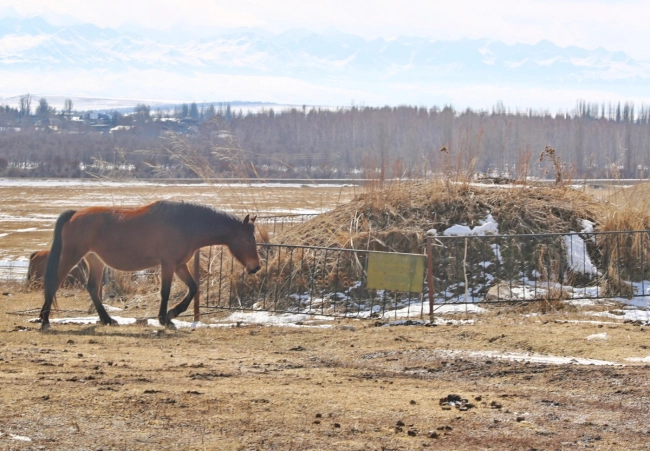
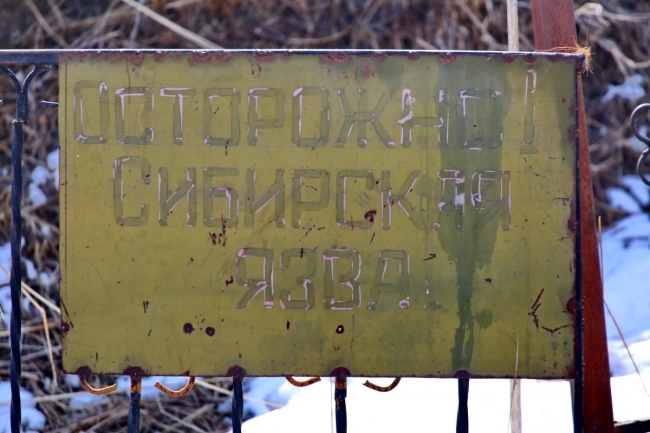
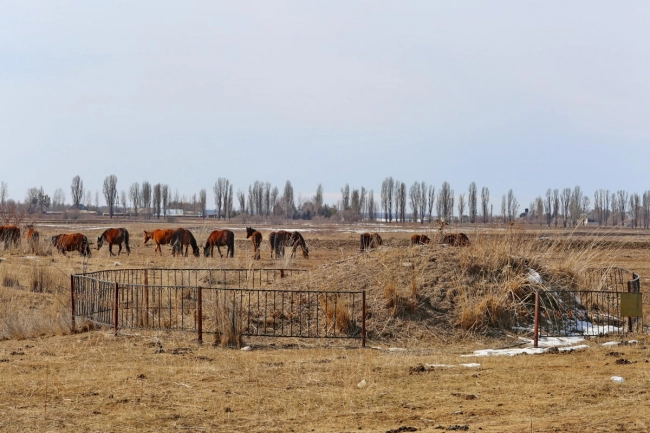
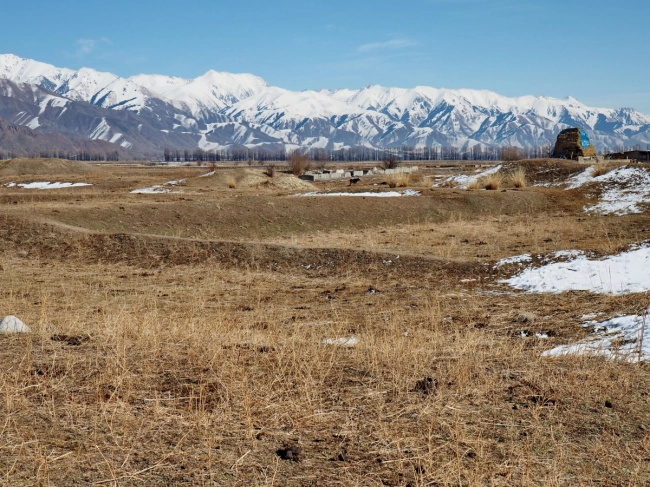
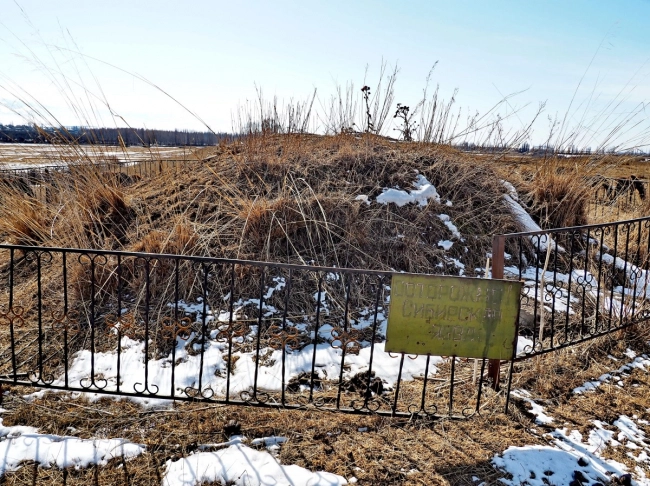
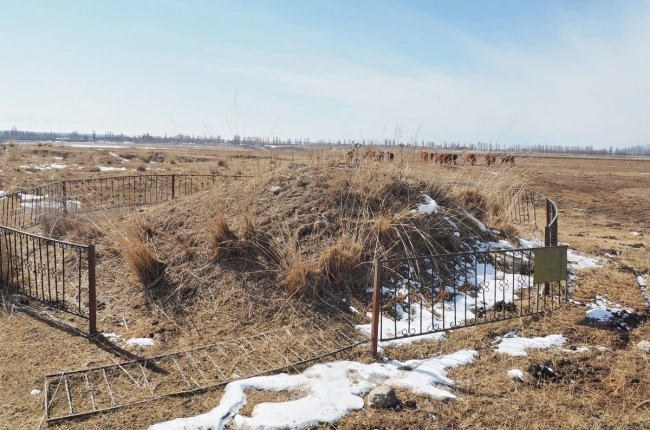
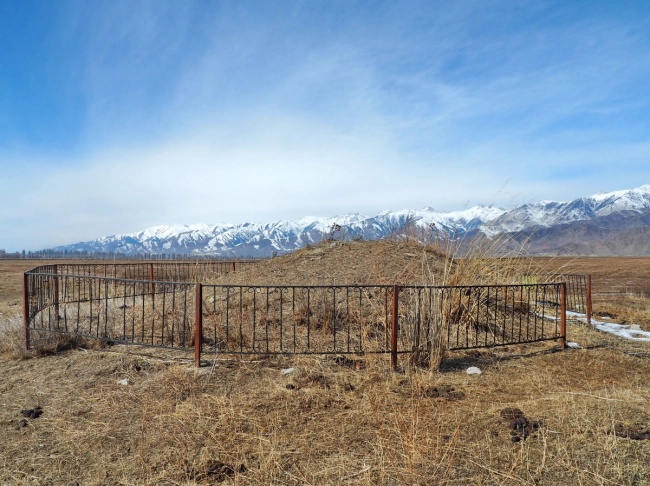


















Attention: Information based on submitted complaints